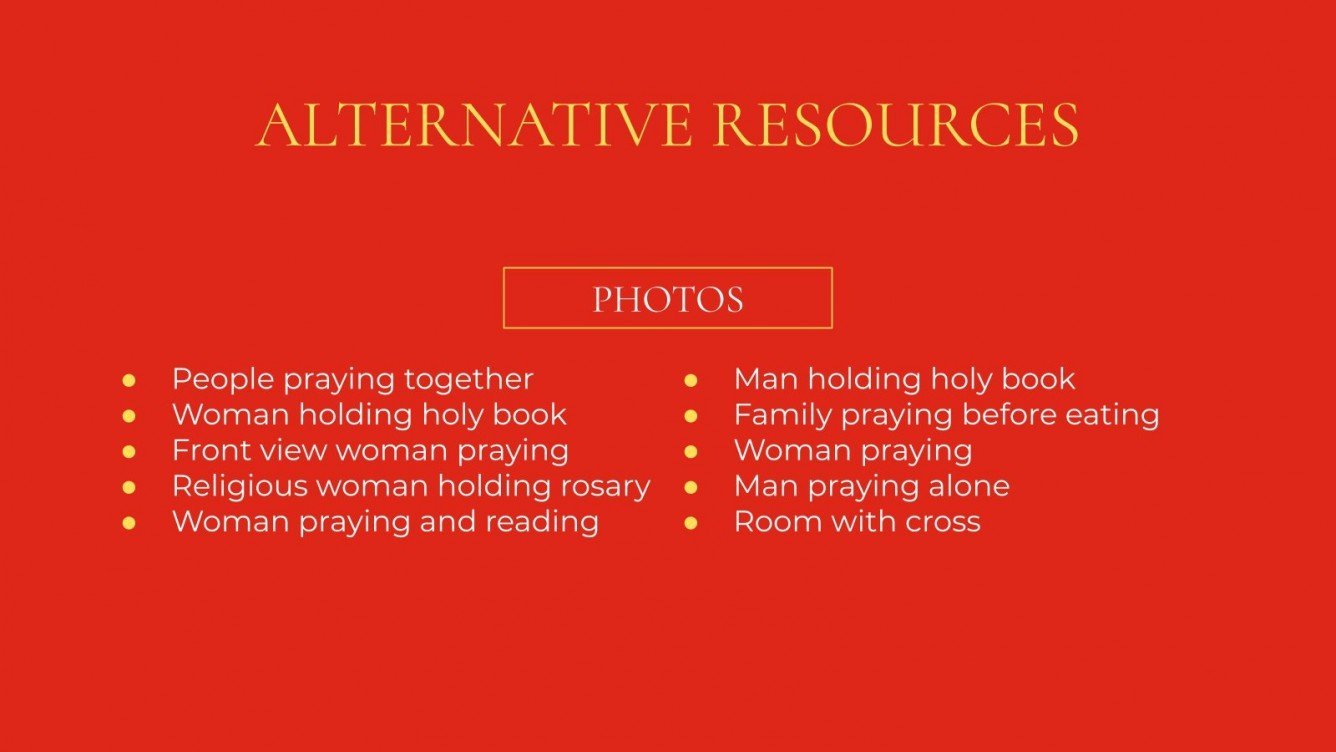Deconstructing The Glossy Mirage

Table of Contents
The Mechanics of the Glossy Mirage: How Idealized Images are Created
The "perfect" images we see aren't usually what they seem. The glossy mirage is meticulously crafted, using a variety of techniques and technologies designed to create an unrealistic portrayal of beauty.
The Role of Digital Enhancement
Photo editing software like Photoshop and Lightroom, along with filters on platforms like Instagram and Snapchat, are powerful tools capable of dramatically altering images. These tools allow for:
- Airbrushing: Removing blemishes, wrinkles, and other perceived imperfections.
- Skin smoothing: Creating an unrealistically flawless complexion.
- Color correction: Enhancing colors and tones to create a more vibrant and idealized appearance.
- Body reshaping: Altering body proportions and features to conform to specific beauty standards.
The accessibility of these tools contributes to the proliferation of idealized images. With user-friendly apps and readily available tutorials, almost anyone can create and share digitally enhanced photos, perpetuating the cycle of unrealistic expectations.
The Power of Marketing and Advertising
Marketing and advertising heavily rely on idealized images to sell products and services. These campaigns often:
- Utilize unrealistic beauty standards: Presenting impossibly thin models with flawless features.
- Create unrealistic aspirations: Suggesting that purchasing a product will lead to achieving the portrayed ideal.
- Influence consumer behavior: Driving purchases based on the promise of achieving an unattainable aesthetic.
The ethical implications of using such imagery are significant, often contributing to body image issues and fueling consumerism.
The Influence of Social Media
Social media platforms play a crucial role in perpetuating and amplifying the glossy mirage. Curated online personas and the pressure to present a "perfect" self contribute to:
- The impact of curated online personas: Presenting a carefully constructed image of oneself that often deviates significantly from reality.
- The pressure to present a "perfect" self: Leading to feelings of inadequacy and anxiety.
- Mental health implications: Increased rates of body dysmorphia, eating disorders, and low self-esteem among social media users.
Studies show a strong correlation between heavy social media usage and body image issues, highlighting the significant impact of constant exposure to idealized images.
The Psychological Impact of the Glossy Mirage: Consequences of Unrealistic Expectations
The constant bombardment of idealized images has profound psychological consequences, particularly for young people.
Body Image and Self-Esteem
Exposure to unrealistic beauty standards contributes to:
- Body dysmorphia: A mental disorder characterized by an obsessive preoccupation with perceived flaws in one's appearance.
- Eating disorders: Conditions characterized by disordered eating patterns and an unhealthy preoccupation with weight and body shape.
- Low self-esteem: Feelings of inadequacy and self-doubt stemming from comparisons to idealized images.
Statistics reveal alarming rates of body image issues among young people, underscoring the detrimental effects of the glossy mirage.
Comparison and Competition
The pervasive nature of idealized images fuels feelings of inadequacy and competition:
- Social comparison: The tendency to compare oneself to others, often leading to negative self-perception.
- Pressure to achieve perfection: The relentless pursuit of an unattainable ideal, leading to stress and anxiety.
- Impact on self-perception: A distorted view of oneself and one's own worth.
Consumerism and Materialism
The pursuit of the "perfect" image, as depicted in advertising and social media, drives consumerism and materialism:
- Link between idealized images and purchasing behavior: The belief that purchasing certain products will lead to achieving the portrayed ideal.
- Financial burden of trying to achieve an unattainable aesthetic: The significant cost of products and services aimed at achieving unrealistic beauty standards.
- Resulting dissatisfaction: Even after achieving a certain aesthetic, the pursuit of perfection continues, leading to dissatisfaction and a cycle of consumption.
Deconstructing the Mirage: Strategies for Cultivating a Healthier Relationship with Images
It's crucial to develop strategies to combat the negative impacts of idealized images and cultivate a healthier relationship with visual media.
Media Literacy and Critical Thinking
Developing critical thinking skills is essential for navigating the complex world of media:
- Identifying digitally altered images: Recognizing signs of photo editing and understanding the techniques used to create idealized images.
- Recognizing marketing tactics: Understanding how advertisers use idealized images to influence consumer behavior.
- Evaluating the authenticity of online personas: Being aware that social media often presents a curated and unrealistic portrayal of individuals.
Promoting Body Positivity and Self-Acceptance
Embracing diversity and celebrating natural beauty are crucial for building positive self-esteem:
- Resources for body positivity: Accessing information and support from organizations and individuals promoting body positivity.
- Strategies for building self-esteem: Developing a strong sense of self-worth independent of external validation.
- Promotion of healthy self-image: Focusing on self-care, self-compassion, and celebrating individual uniqueness.
Mindful Social Media Consumption
Creating a healthier relationship with social media involves:
- Curating feeds: Following accounts that promote realistic beauty standards and body positivity.
- Unfollowing accounts that promote unrealistic beauty standards: Reducing exposure to images that contribute to negative self-perception.
- Prioritizing real-life connections over online validation: Focusing on meaningful relationships and experiences rather than seeking validation through social media.
Conclusion
The glossy mirage of idealized images is a carefully constructed illusion, perpetuated by digital enhancements, marketing strategies, and social media. The psychological impact of constant exposure to these unrealistic portrayals is significant, contributing to body image issues, low self-esteem, and unhealthy consumerism. However, by developing media literacy, promoting body positivity, and practicing mindful social media consumption, we can actively challenge the glossy mirage and cultivate a healthier relationship with visual media. Start deconstructing the glossy mirage today by becoming more mindful of the images you consume and promoting realistic beauty standards among your peers. Let's work together to dismantle the glossy mirage and celebrate authentic beauty.

Featured Posts
-
 Ovechkins First Nhl Goal The Goaltenders Story And Jersey Request
May 07, 2025
Ovechkins First Nhl Goal The Goaltenders Story And Jersey Request
May 07, 2025 -
 A Comprehensive Guide To The Papal Conclave
May 07, 2025
A Comprehensive Guide To The Papal Conclave
May 07, 2025 -
 Cavaliers Vs Pacers Nba Game Prediction Betting Odds And Picks
May 07, 2025
Cavaliers Vs Pacers Nba Game Prediction Betting Odds And Picks
May 07, 2025 -
 Wnba Las Vegas Aces Megan Gustafson Out Indefinitely With Leg Injury
May 07, 2025
Wnba Las Vegas Aces Megan Gustafson Out Indefinitely With Leg Injury
May 07, 2025 -
 Seattle Mariners Cruise To 14 0 Victory Over Miami Marlins
May 07, 2025
Seattle Mariners Cruise To 14 0 Victory Over Miami Marlins
May 07, 2025
